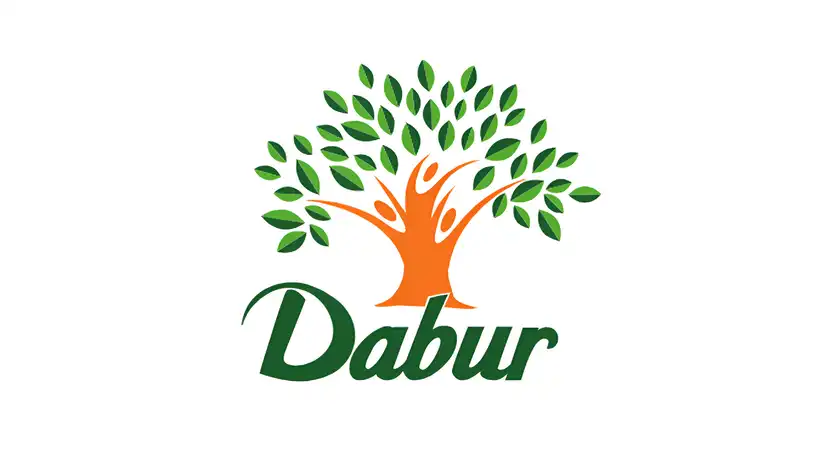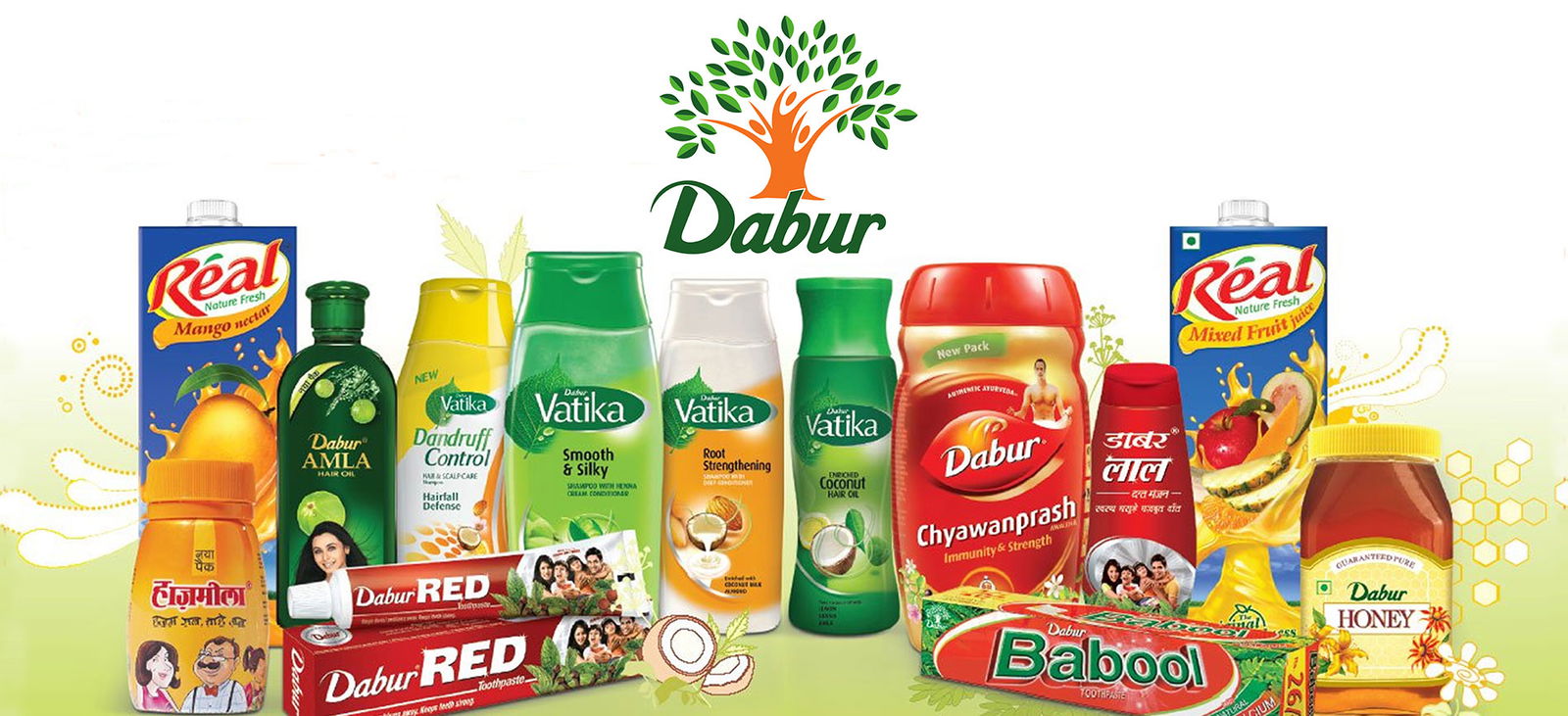Introduction
Dabur India Ltd. is one of India’s most trusted and oldest FMCG (Fast-Moving Consumer Goods) companies. With a legacy of over 135 years, Dabur has successfully built a strong presence in both rural and urban markets. From a small Ayurvedic pharmacy to a global wellness brand, Dabur has grown by blending tradition with innovation. Today, it is a leader in natural healthcare and personal care products, with a strong portfolio of over 250 products.
This case study covers Dabur’s journey, SWOT analysis, key achievements, awards, the story of its founder, its best-selling product, and a detailed insight into its current digital marketing strategy.
Founder’s Journey: How Dabur Began
Dabur was founded in 1884 by Dr. S.K. Burman in Kolkata. He was a physician who used Ayurvedic medicine to treat diseases like cholera, malaria, and plague. The name “Dabur” comes from “Daktar Burman,” a term locals used for him. His vision was to make healthcare affordable and accessible using natural remedies.
After his death, his family moved the business to Delhi. Over the generations, the company grew under the leadership of the Burman family. Today, Dabur is headed by Amit Burman (Chairman) and Mohit Malhotra (CEO), maintaining its identity as a family-led yet professionally managed business.
Dabur’s Growth Journey & Achievements
- Global Presence: Dabur operates in over 120 countries, with 30% of revenue coming from international markets.
- Diverse Product Portfolio: Products range from hair oils, honey, toothpaste, juices, chyawanprash, and skincare.
- Turnover: Dabur reported a consolidated revenue of ₹12,404 crore in FY 2024–25.
- Innovation Focus: Over 60 new products were launched in FY25 across Ayurveda, healthcare, and personal care categories.
Best-Selling Product: Dabur Chyawanprash
Dabur Chyawanprash is one of the most iconic Ayurvedic products in India, with over 70% market share in the category. It is made from over 40 herbs, with Amla as the main ingredient.
What Makes It Different:
- Backed by scientific research and Ayurvedic tradition.
- Marketed as a daily immunity booster.
- Trusted by generations.
- Endorsed by celebrities like MS Dhoni and Virat Kohli.
- Dabur also introduced sugar-free variants to cater to diabetic patients.
SWOT Analysis of Dabur

Strengths:
- Strong brand trust and heritage.
- Leader in Ayurvedic and natural product segments.
- Wide distribution network with deep rural penetration.
- Extensive product range and diversification.
Weaknesses:
- The company is dependent on the Indian market for the majority of its sales.
- Price-sensitive products face competition from unorganized Ayurvedic players.
- Brand extensions sometimes lack clarity.
Opportunities:
- Increasing demand for organic and herbal wellness products globally.
- Growing health awareness post-COVID.
- Expansion in e-commerce and D2C channels.
- Digital transformation to engage millennials and Gen Z.
Threats:
- Intense competition from brands like Patanjali, Himalaya, Emami, and global FMCG players.
- Raw material price fluctuations.
- Regulatory challenges in the herbal medicine segment.
Awards and Recognitions
Dabur has received several recognitions for its business excellence and sustainability efforts:
- Forbes Asia’s Best Under a Billion List – Listed multiple times.
- BrandZ Top 50 Most Valuable Indian Brands.
- Dun & Bradstreet Award for corporate excellence.
- Great Place to Work Certification for employee-friendly policies.
- Green Manufacturing Award for sustainability practices.
- Recognized by India Today Group as a top brand in the Ayurveda segment.
Dabur’s Digital Marketing Strategy
1.Digital First Approach
Dabur adopted a digital-first model during the COVID-19 era and scaled it rapidly post-2020. The company’s major focus lies in building awareness, driving engagement, and growing e-commerce conversions. Today, it invests more than ₹120 crore annually in digital campaigns.
2.Omnichannel Presence
Dabur ensures its presence across multiple digital touchpoints:
- Own Website (dabur.com): For product education and e-commerce.
- Marketplaces: Amazon, Flipkart, Nykaa, BigBasket, and others.
- Quick Commerce: Blinkit, Zepto, and Swiggy Instamart have helped expand their reach in metro cities.
- WhatsApp Business: Used for customer support and reorders.
3.Targeted Content Marketing
Dabur creates regional and category-focused content across platforms like YouTube, Instagram, and Facebook. Their content is a mix of:
- Health and wellness tips.
- Short DIY videos for skincare.
- Product usage tutorials.
- Myth-busting Ayurvedic facts.
Example: The campaign “Science of Ayurveda” helped reposition Dabur as both natural and scientifically backed.
4.Influencer Marketing Strategy
Dabur actively works with nano and macro influencers across platforms. Influencers from healthcare, parenting, fitness, and beauty sectors promote specific products. Campaigns like:
- #ImmunityKiDawat for Dabur Chyawanprash.
- #GlowNaturally for Dabur Gulabari.
- #HealthySeHealthyTak for Dabur Honey.
These campaigns brought huge traction during seasonal peaks and festivals.
5.SEO & Content Hubs
Dabur runs multiple blog sections on its website, covering:
- Skincare remedies
- Ayurvedic lifestyle tips
- Child care using Dabur products
This helps rank high for organic queries like:
- “Best ayurvedic toothpaste in India”
- “How to boost immunity naturally”
As a result, Dabur’s website traffic increased by over 35% YoY in 2024–25.
6.Personalised Email & SMS Campaigns
Using AI tools, Dabur segments its audience based on buying behavior. Emails include:
- Festive offers
- Product combos
- Tips & How-to guides
- Subscription reminders
Their open rate stands at 24%, higher than the FMCG industry average of 18%.
7.Voice & Vernacular Marketing
Dabur localizes content in over 7 languages, including Hindi, Marathi, Bengali, and Tamil. Their YouTube ads in vernacular languages have 2x higher engagement compared to English.
Voice-search optimization is also a priority. Common queries like “Ayurvedic solution for cold” are used in long-tail SEO.
8.YouTube & OTT Advertising
Dabur runs frequent ads during IPL, Bigg Boss, and regional web series on platforms like Hotstar, Zee5, and SonyLIV.
- Example: Dabur Red Paste’s IPL Campaign 2024 had over 40 million views in 30 days.
- Their YouTube handle has 700K+ subscribers and is growing.
9.Augmented Reality (AR) & Gamified Ads
Recently, Dabur launched AR try-ons for its hair care and skincare products via Instagram filters. Gamified ads like “Spin the Wheel” on Google Display Network have improved user engagement.
What Other Brands Can Learn from Dabur
- Stay True to Roots: Dabur maintained its Ayurvedic identity even when modern brands shifted to chemicals and quick fixes.
- Balance Tradition with Innovation: It uses age-old formulations backed by modern science and research.
- Invest in Regional Digital Marketing: 60% of Dabur’s digital campaigns are in regional languages.
- Diversify Sales Channels: From kirana stores to Amazon and Zepto, Dabur sells everywhere its consumer is.
- Educate Through Content: Instead of just promoting, it educates consumers, building trust and loyalty.
Dabur’s Social Media Performance and India’s Digital Landscape in 2025
Dabur has gradually evolved into a digitally strong brand by actively using social media to connect with its wide customer base. With consistent content strategies, regional campaigns, and influencer collaborations, the brand has built an online presence that reflects both tradition and modern lifestyle.
On Twitter (X), Dabur has a dedicated following of over 16,000 people. While its content frequency is moderate, audience engagement remains solid, with a high percentage of retweets and replies whenever the brand shares health tips or product updates. The brand often uses the platform to share Ayurvedic knowledge, corporate news, and seasonal health campaigns.
Though Facebook has seen a general dip in organic reach across industries, Dabur continues to use the platform for ad retargeting and brand recall, especially in rural and tier-2 regions. Activity has become slightly irregular, but Facebook still plays a key role during festive and launch-based promotions.
One of Dabur’s biggest digital strengths lies in influencer marketing. In the past year, Dabur partnered with over 2,400 influencers across India. These included wellness bloggers, healthcare professionals, mom bloggers, and fitness trainers. Collectively, their campaigns reached billions of viewers and helped strengthen Dabur’s reputation as a health-first brand. Some notable campaigns like #ImmunityKiDawat (for Dabur Chyawanprash) and #NaturalIsBeautiful (for skincare products) saw widespread engagement, especially on Instagram and YouTube.
Dabur has also shifted its focus to video-based platforms, particularly YouTube and OTT platforms like Hotstar and Zee5. These platforms give them direct access to middle-class and upper-middle-class families across regions. Their IPL-related video ads for Dabur Red Toothpaste and Real Juices clocked millions of impressions within days.
On the content side, Dabur regularly uploads health blogs, Ayurvedic facts, and immunity-building tips on its official website. Their SEO-driven content has improved their search engine rankings, allowing them to organically target high-volume keywords such as “best ayurvedic chyawanprash,” “herbal hair oil,” and “natural honey for weight loss.” These blogs have contributed to a 30–35% rise in web traffic in the past year.
A standout digital move from Dabur is its focus on regional and voice-based content. Understanding that India’s next wave of internet users prefers content in local languages, Dabur creates videos and ads in Hindi, Tamil, Marathi, and Bengali, among others. These vernacular ads have delivered better engagement than English campaigns, particularly in states like Uttar Pradesh, West Bengal, and Tamil Nadu.
Additionally, Dabur’s investment in personalized marketing via emails and SMS campaigns is paying off. By analysing consumer buying patterns, they send curated health tips, combo offers, and festival discounts. Their campaigns report an open rate higher than the industry average, showing the effectiveness of data-driven personalization.
India’s current social media scenario complements Dabur’s efforts. In 2025, India will have crossed 490 million active social media users, with more than 70% accessing platforms like Instagram, Facebook, and YouTube daily. An average Indian user now spends over 2 hours and 45 minutes on social media every day, making it the most valuable space for brand interaction.
Some key platform-specific statistics (India 2025):
- Instagram leads with over 516 million users, making it ideal for visual content and influencer-led campaigns.
- Facebook follows with around 492 million users, still relevant for broader reach, especially among users aged 30+.
- X (formerly Twitter) caters to a niche audience, but works well for thought leadership and CSR initiatives.
- YouTube remains the top platform for educational and promotional videos, with more than 500 million monthly users.
Dabur smartly aligns its strategy with these statistics. Whether it’s launching an Ayurvedic product through a 30-second reel or hosting a full-length demo on YouTube, the brand keeps its audience in mind. The key is consistency, cultural relevance, and audience trust — all of which Dabur has mastered over time.
In summary, Dabur’s digital and social media approach is rooted in understanding India’s unique digital behavior. It blends traditional values with modern content formats, enabling the brand to grow its legacy while capturing the attention of new-age consumers. Other legacy brands can take a cue from Dabur’s digital playbook by staying authentic, speaking in local languages, educating rather than just selling, and staying active on platforms where their audience actually spends time.
Conclusion
Dabur’s success lies in its ability to evolve with time without losing its original brand promise: “Science-based Ayurveda.” With a strong focus on digital, rural reach, influencer collaborations, and product innovation, Dabur is not just surviving but thriving in a highly competitive FMCG market.
As brands continue to move towards authenticity and wellness, Dabur stands as a powerful example of how to sustain, grow, and lead with purpose.
Also Read: boAt Marketing Strategy

